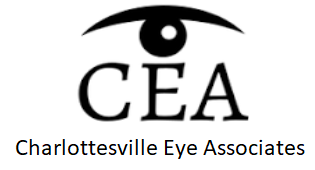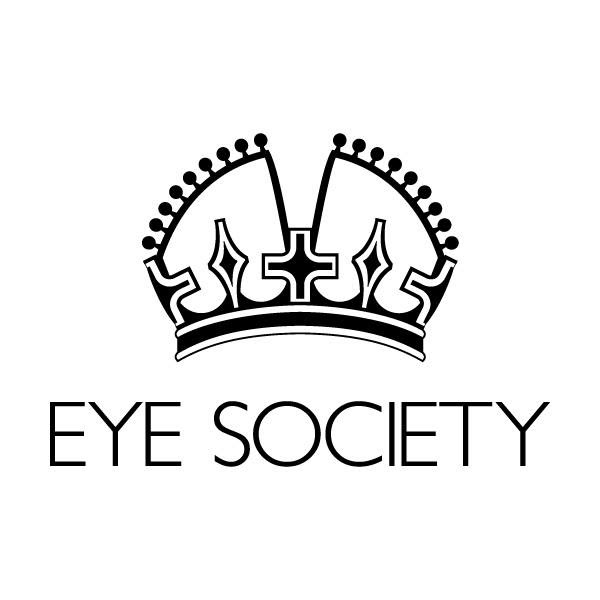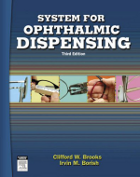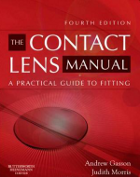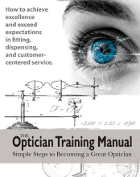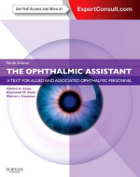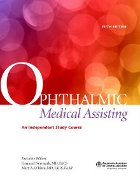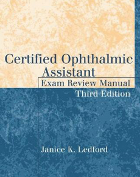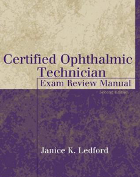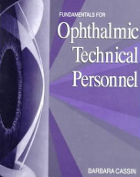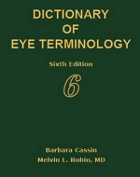A certified ophthalmic technician is an eye care provider who is responsible for many tasks associated with patient management. In most work arrangements, individuals in this profession are directly supervised by a licensed optometrist or an ophthalmologist who provides direction on tasks that need to be completed. Individuals who want to pursue this career path will need to work as an assistant for a few years and may be expected to become certified as a condition of long-term employment and to be able to benefit from advancement opportunities.
Employment Activities
People who work in this field are a diverse group of employees who are able to perform several different tasks involved in the medical evaluation and management of patients suffering from vision problems. Initial employment as an assistant will allow individuals to acquire the unique knowledge and skills they need to carry out clinical duties such as assessing visual acuity, documenting of medical histories, providing patient education, performing refractometry, administering ocular medications, measuring the intraocular pressure, testing pupils, conducting tonometry, and much more. Once these activities have been mastered, the employee might have the opportunity to become a certified ophthalmic technician who is also capable of using a lensometer to neutralize lenses and a keratometer or ophthalmometer to measure the curvature of the cornea.
A Popular Certification Option
The Joint Commission on Allied Health Personnel in Ophthalmology (JCAHPO) is one of the most respected organizations that offers certification exams created specifically for individuals who work as unlicensed providers in the vision industry. They provide three core levels of credentialing targeted toward those who want to become certified as an assistant, technician, or technologist. Most people begin their career at the lowest level and work their way up over time as they gain education, training, and experience. To become eligible for the certified ophthalmic technician (COT) exam, applicants must complete a formal training program, have assistant certification and clinical experience, or be a certified orthoptist and have work experience.
The JCAHPO has 4 COT qualification classifications known as COT-T1, COT-T2, COT-T3, and COT-T4. In order to take the exam without having previous work experience, an accredited training program that has met the educational standards established by the Commission on Accreditation of Ophthalmic Medical Programs (COA-OMP) or the Canadian Medical Association (CMA) must be completed. Applicants who completed a program greater than twelve months before the exam date will be expected to submit 12 JCAHPO Group A credits for each year following graduation within 36 months of submitting the exam application.
The certified assistant and orthoptist are eligible to sit for the exam following 2,000 hours of experience over the prior twenty-four months along with the submission of twelve JCAHPO Group A credits obtained in the past 12 months. Prior certifications have to be maintained while attempting to complete a certified ophthalmic technician exam. An assistant who has 6,000 hours of work experience with the ophthalmologist before becoming certified can use the fast-track option after submitting twelve Group A credits from the previous 12 months.
Exam Format
The COT exam consists of 200 multiple choice questions that must be completed in a 3 hour time frame. The questions are developed based on responses from a survey that is distributed every 5 years to ophthalmologists and job incumbents asking about tasks commonly performed by and most important for the certified ophthalmic technician. Following the exam, an applicant must complete a skill evaluation within 24 months. The evaluation has to be finished in two hours and covers 7 skills including lensometry, the visual fields, ocular motility, keratometry, retinoscopy, refinement, and tonometry.
Performance of each skill is scored separately and is based on technique and accuracy of the results. A passing score is required in all seven skill areas in order to complete the skill evaluation process. Individuals who fail specific areas are allowed to retest up to 5 times within the 24 month time frame following the completion of the multiple choice exam. Failure to pass all seven skills within 24 months will require a repeat of the multiple choice exam. The fee for the multiple choice exam with a skill evaluation is $325. The first retest costs $275 and a second retest costs $150. The skills retest is accompanied by an $85 fee.
Percentages for COT content areas are…
Supplemental Skills – 9%
Ophthalmic Patient Services and Education – 7%
Ophthalmic Imaging – 7%
Refractometry – 7%
History Taking – 6%
Assisting in Surgical Procedures – 6%
Visual Assessment – 6%
Visual Fields – 6%
Pupillary Assessment – 5%
Lensometry – 5%
Keratometry – 5%
Pharmacology – 5%
Ocular Motility – 5%
Tonometry – 5%
Equipment Maintenance and Repair – 4%
Contact Lenses – 3%
Medical Ethics, Legal, and Regulatory Issues – 3%
Microbiology – 3%
Spectacle Skills – 3%
Information about the multiple choice exam and skill evaluation can be found here.
Maintaining Certification
Credentials issued to a certified ophthalmic technician will remain valid for 3 years, but can be renewed with continuing education or a retest. Individuals who are planning to recertify with continuing education credits will need 27 credits representing at least 18 JCAHPO Group A credits and 9 credits from Group A or Group B. A sponsoring ophthalmologist’s signature along with the application fee are mandatory. Those who plan to retest will need to successfully pass the multiple choice exam again. The fee is $115 unless submitted late.


